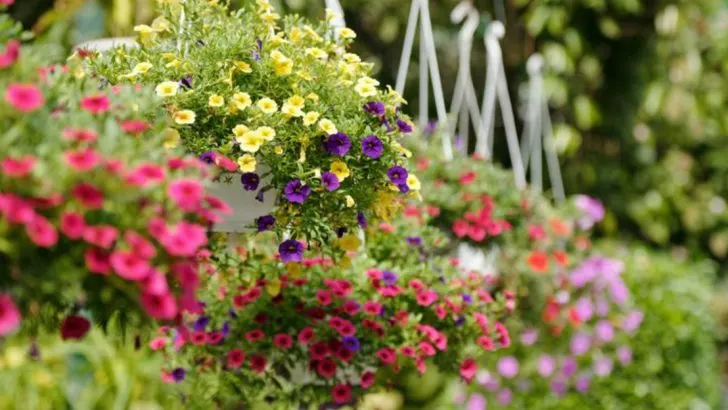Your hanging basket isn’t “thriving.” It’s surviving. Barely. You wanted overflowing color—geraniums tumbling like fireworks, petunias dripping in petals. Instead? Wilted stems, patchy blooms, and a sad little puff of green. The truth? Most baskets fail before they ever leave the porch hook. Too-small containers, thirsty roots, sunburnt flowers—every mistake adds up. By July, you’re left with a crispy mess and a grudge against trailing lobelia. But it doesn’t have to end in hanging heartbreak. This list calls out the 15 most common ways gardeners sabotage their baskets—and how to fix every single one. Think better soil, smarter watering, and plants that actually want to hang around. Because if you’re going to suspend something in midair, it might as well look like a party.
Overwatering
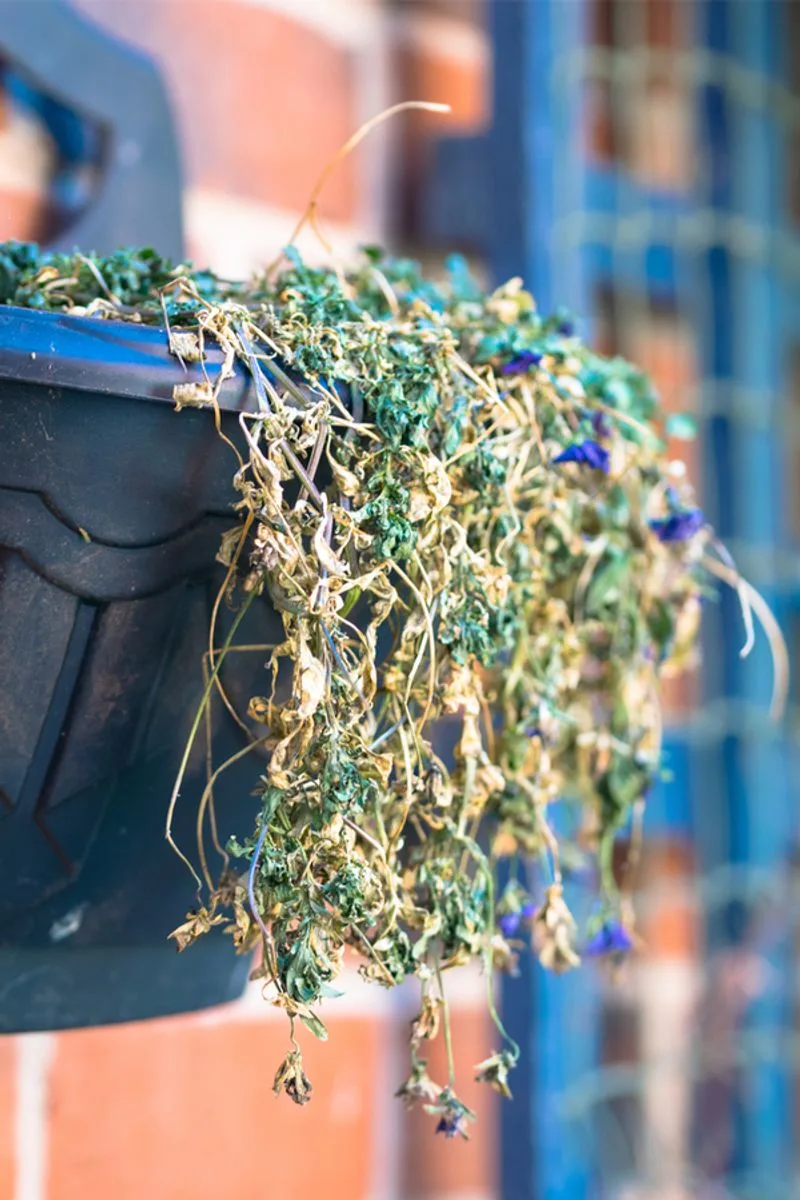
Water is essential for plant growth, but too much of it can be detrimental. Overwatering is a prevalent issue that leads to root rot and a lack of oxygen in the soil. Imagine a plant gasping for air under a deluge of water.
To prevent this, always check the moisture level with your finger before adding more water. Adjust watering based on the weather, as rain can naturally hydrate your plants.
Ensure proper drainage by using baskets with holes and avoid saucers that hold excess water. An easy way to remember this is: water wisely, not excessively.
Insufficient Sunlight
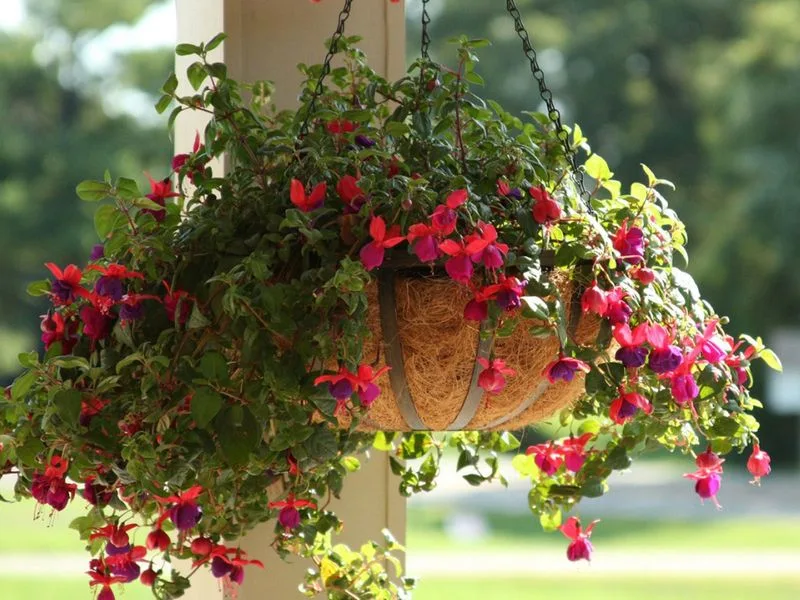
Sunlight acts as the life force for most plants, driving the photosynthesis process. When hanging baskets receive insufficient light, the blooms can become pale and less vibrant.
Before selecting a location, observe how the sun moves across your space during the day. Choose a spot that offers the right balance of sun and shade for your specific plant type.
If natural light is limited, consider using grow lights to supplement. Think of it as giving your plants a sun bath even when nature isn’t cooperating.
Improper Soil Choice
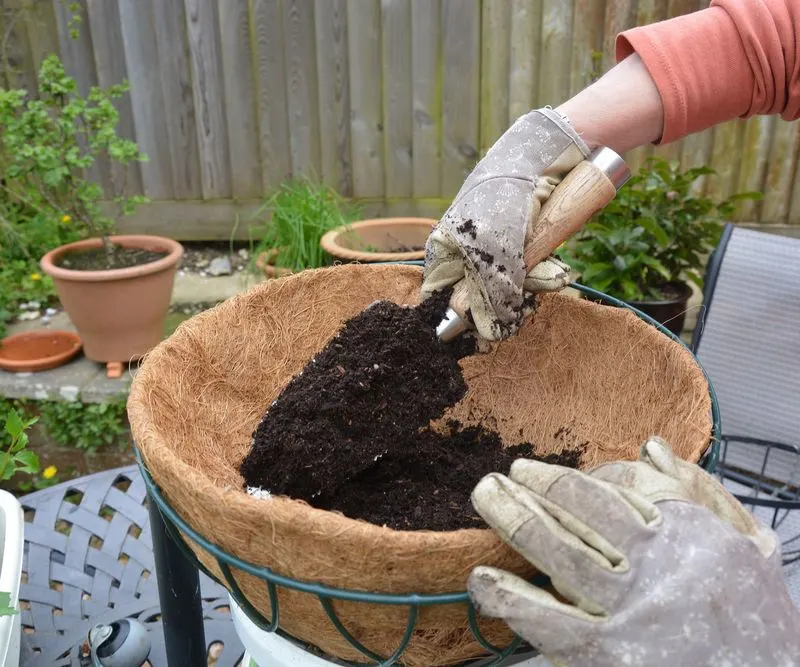
The foundation of any thriving plant is its soil. Using improper soil in hanging baskets can lead to poor drainage and nutrient deficiencies. Imagine trying to run a marathon in ill-fitting shoes.
Opt for a lightweight, well-draining potting mix designed specifically for container plants. Avoid garden soil, which is too dense and can compact easily.
Incorporate perlite or vermiculite to enhance aeration. Remember, the right soil mix is like the perfect pair of shoes for your plants.
Overcrowding Plants
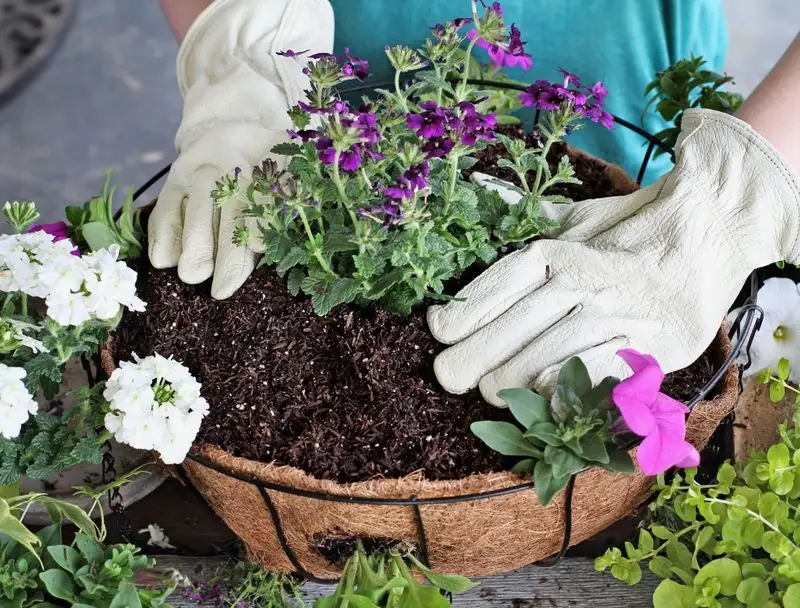
Less can be more when it comes to planting in hanging baskets. Overcrowding leads to competition for nutrients, water, and sunlight, stunting plant growth. Picture a crowded subway where no one can move comfortably.
To avoid this, adhere to recommended plant spacing guidelines. Consider plant growth habits and allow room for them to spread naturally.
Regularly prune and thin out overly dense areas to maintain air circulation. Think of it as creating personal space for your plants to flourish.
Neglecting Deadheading

Deadheading, or removing spent blooms, encourages plants to produce more flowers. Neglecting this task can lead to seed production and reduced blooming. Imagine a tree burdened with unharvested fruit.
Make it a routine to inspect your hanging baskets weekly, snipping away dead flowers with clean scissors. This practice redirects energy to new growth rather than seed development.
Regular deadheading keeps your baskets looking fresh and vibrant. It’s like giving your plants a regular beauty treatment.
Ignoring Fertilization
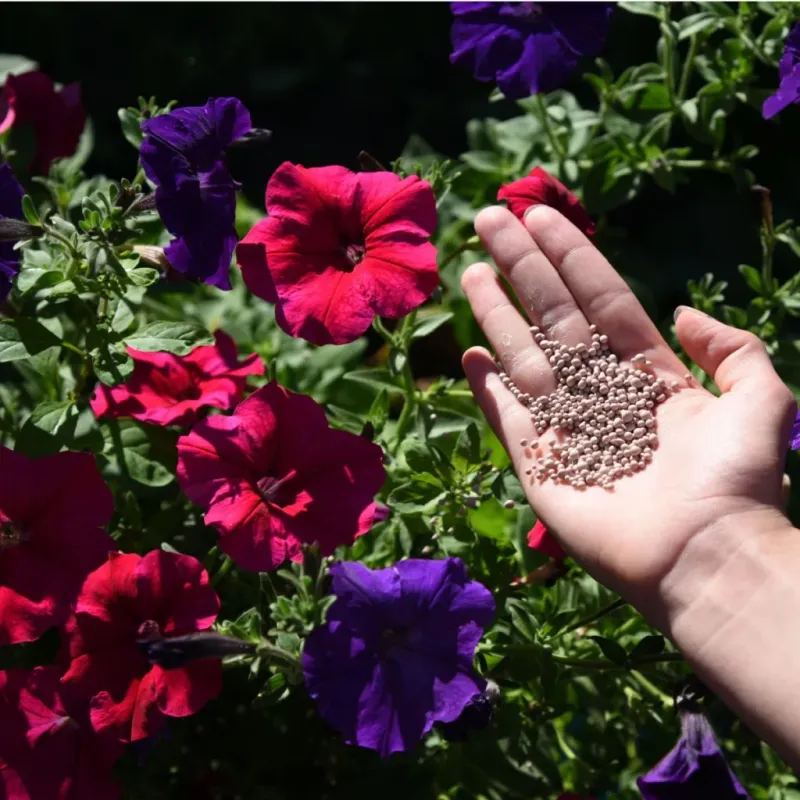
Fertilization plays a critical role in plant health by providing essential nutrients. Ignoring it can lead to weak, underperforming blooms. Imagine trying to thrive on a diet of just bread and water.
Choose a balanced, water-soluble fertilizer, applying it every two weeks during the growing season. Always follow the manufacturer’s instructions for best results.
Consider slow-release fertilizers for a more hands-off approach. Fertilization is the boost your plants need to reach their full potential.
Choosing Incompatible Plants
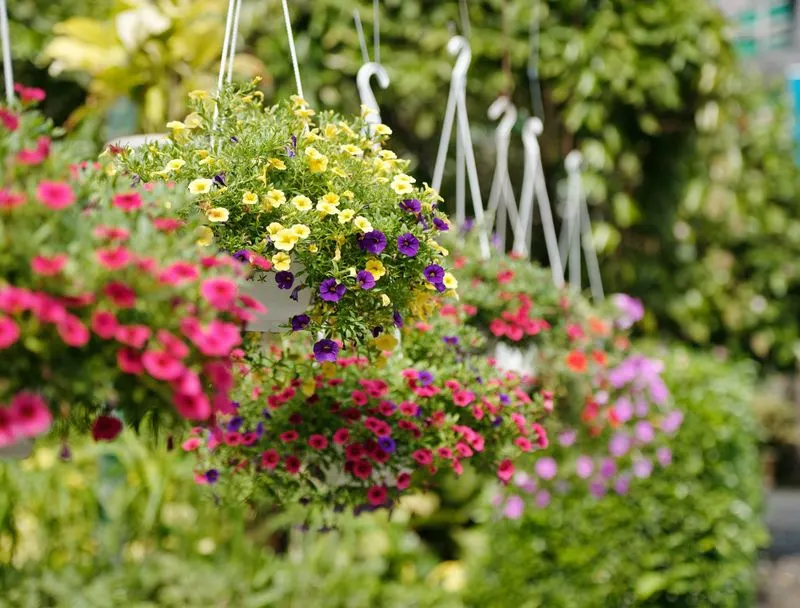
It’s crucial to select plants with similar care requirements. Combining incompatible plants can lead to uneven growth and stress. Imagine a mismatched dance duo stepping on each other’s toes.
Research plant needs for sunlight, watering, and fertilization before planting. Group those with similar preferences to ensure uniform care.
A harmonious plant arrangement leads to a visually appealing and healthy basket. Think of it as creating a symphony where every note complements the other.
Failure to Rotate Baskets

Uneven growth often occurs when one side of the basket receives more sunlight. Failure to rotate can result in a lopsided appearance. Picture a plant with a sunburnt side.
Simply rotating your basket every few days ensures even exposure to light, promoting symmetrical growth.
It’s a simple yet effective way to maintain balance and aesthetics in your garden display. Rotation keeps every side of your basket equally nourished.
Using Incorrect Basket Size
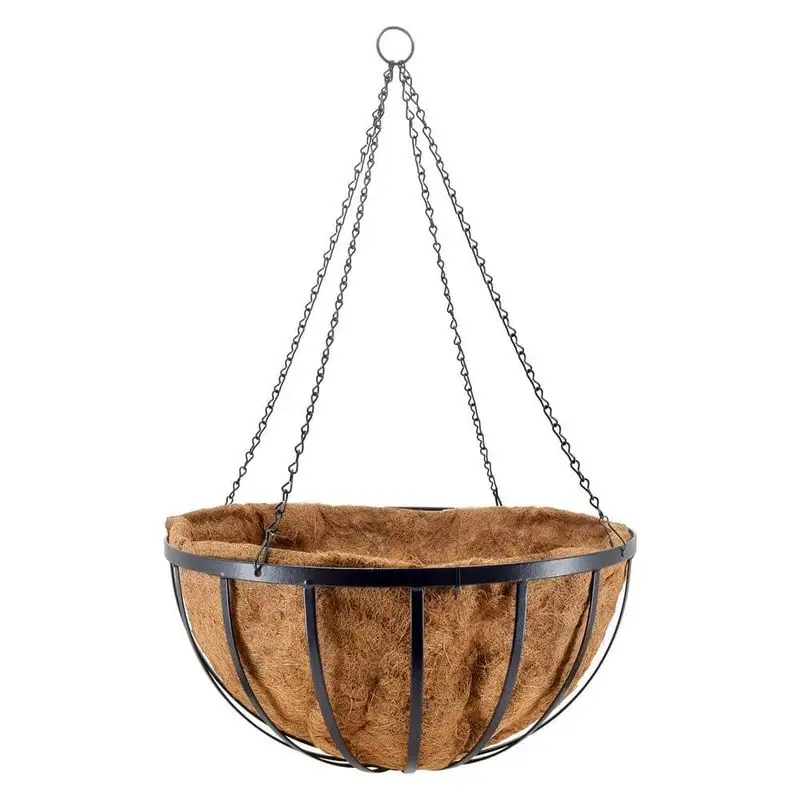
Selecting the wrong basket size can severely impact plant health. A basket that’s too small restricts root growth, while one that’s too large can cause waterlogging. Consider it like wearing shoes too tight or too loose.
Evaluate the mature size of your plants and choose an appropriately sized basket.
Ensure there’s ample space for roots to grow without being cramped. Basket size can either support or hinder the flourishing of your plants.
Lack of Pest Control
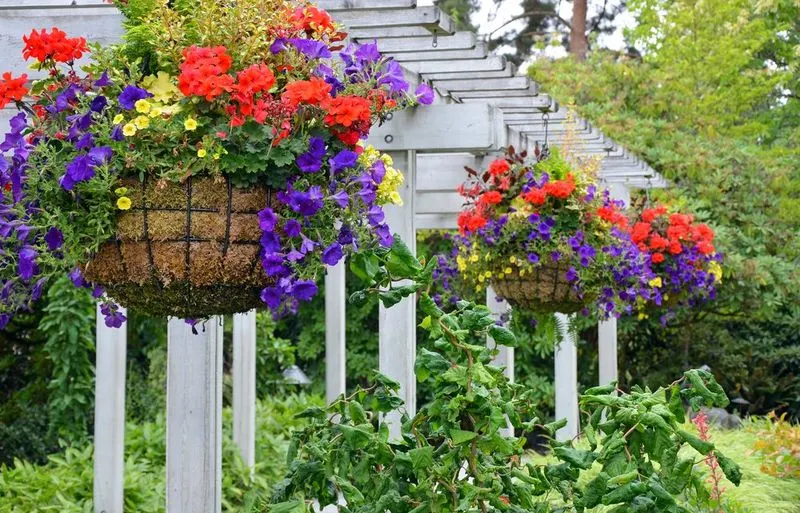
Pests can wreak havoc on hanging baskets, causing stress and disease. Neglecting pest control is akin to leaving your home unguarded against intruders.
Regularly inspect your plants for signs of infestation, such as discolored leaves or sticky residue.
Use natural or chemical treatments as necessary to protect your blooms. Vigilance in pest management ensures your plants remain healthy and vibrant.
Ignoring Weather Changes
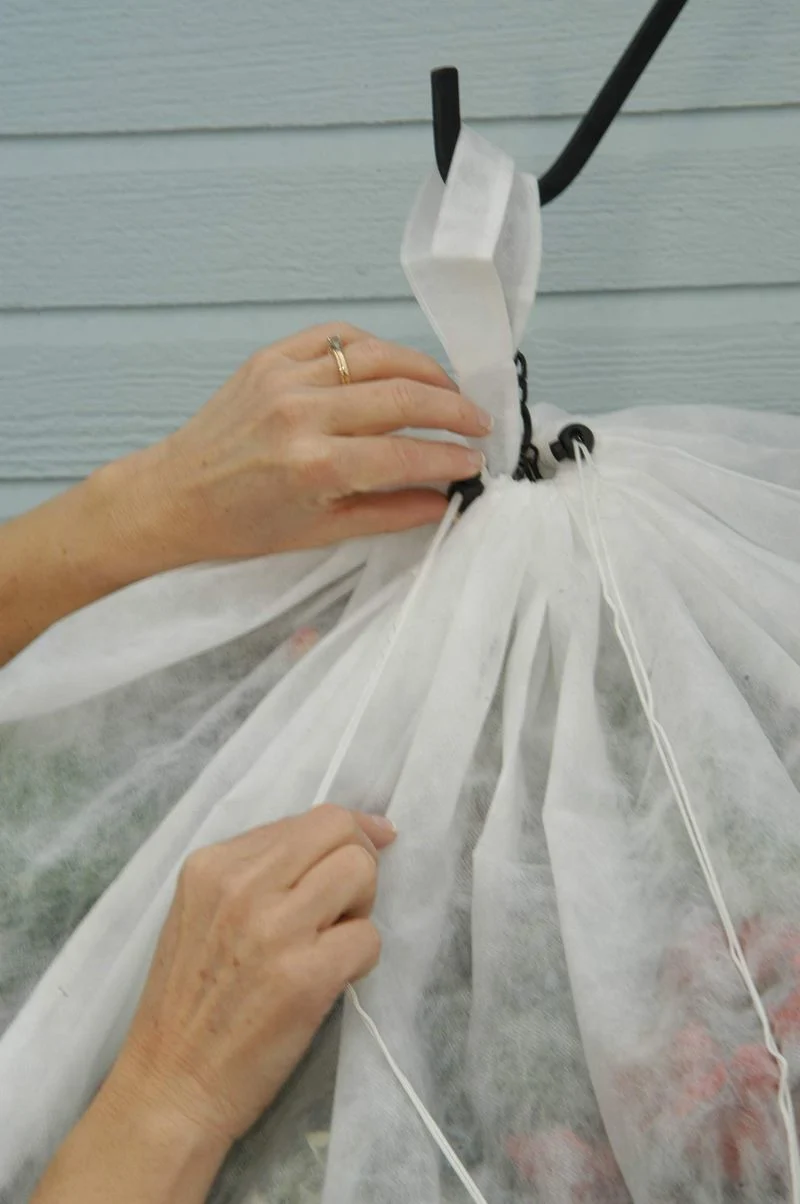
Weather fluctuations can have a profound effect on your hanging baskets. Ignoring these changes can lead to plant stress or damage. Imagine leaving a warm-climate plant out in the cold.
Stay updated with weather forecasts and move baskets to protect them from harsh conditions. Provide shade during heatwaves and shelter in frosty weather.
Adaptability is key to keeping your plants resilient against the elements.
Failure to Prune Regularly
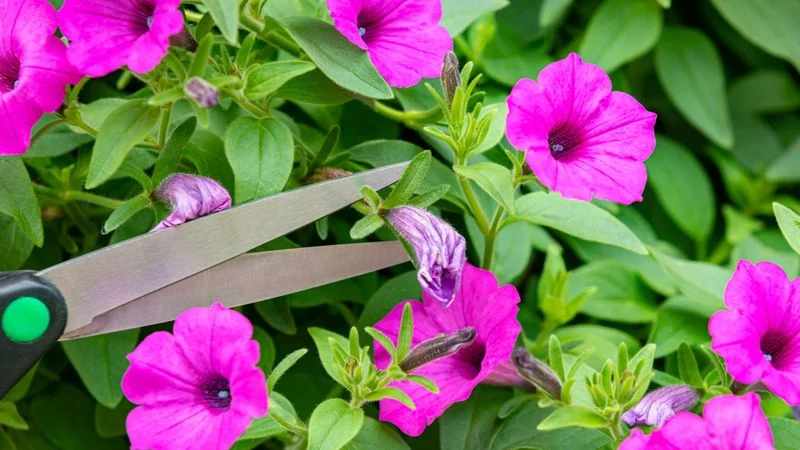
Regular pruning is essential for maintaining plant health and shape. Failure to prune leads to leggy growth and reduced vigor. Picture a wild, untamed garden without a gardener’s touch.
Trim away excess growth and leggy stems to encourage bushier development. Use sharp, clean tools to prevent disease transmission.
Pruning helps to rejuvenate your plants, promoting a lush and tidy appearance.
Over-Application of Fertilizer
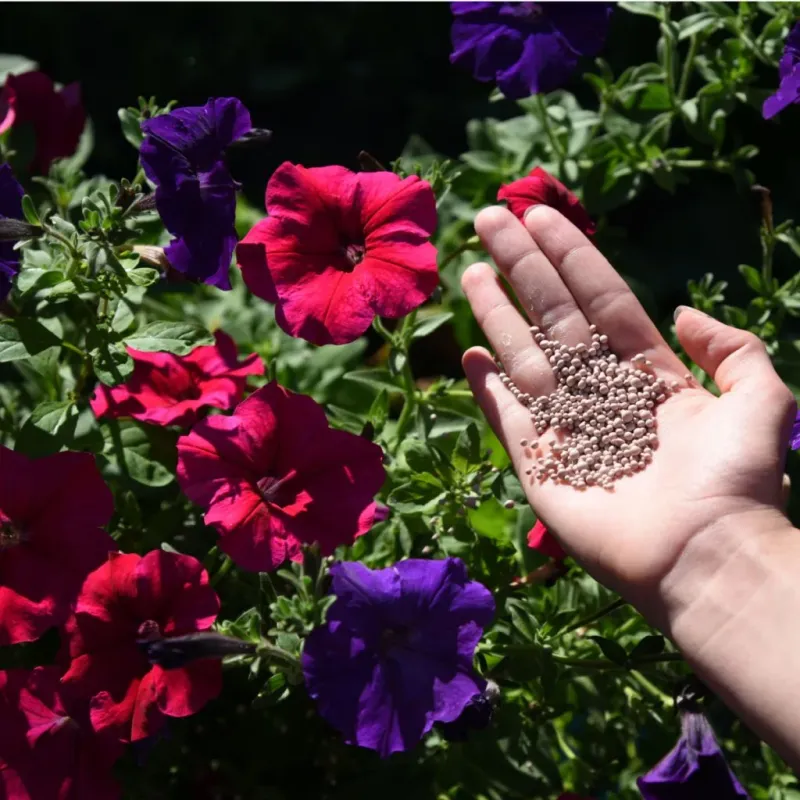
While fertilizing is vital, over-application can be harmful. Excess nutrients can cause leaf burn and inhibit growth, similar to overfeeding on junk food.
Follow recommended dosages and avoid applying fertilizer during hot spells.
Opt for slow-release formulas to maintain nutrient levels without overwhelming your plants. Balance is key to nutrient application.
Neglecting Seasonal Adjustments
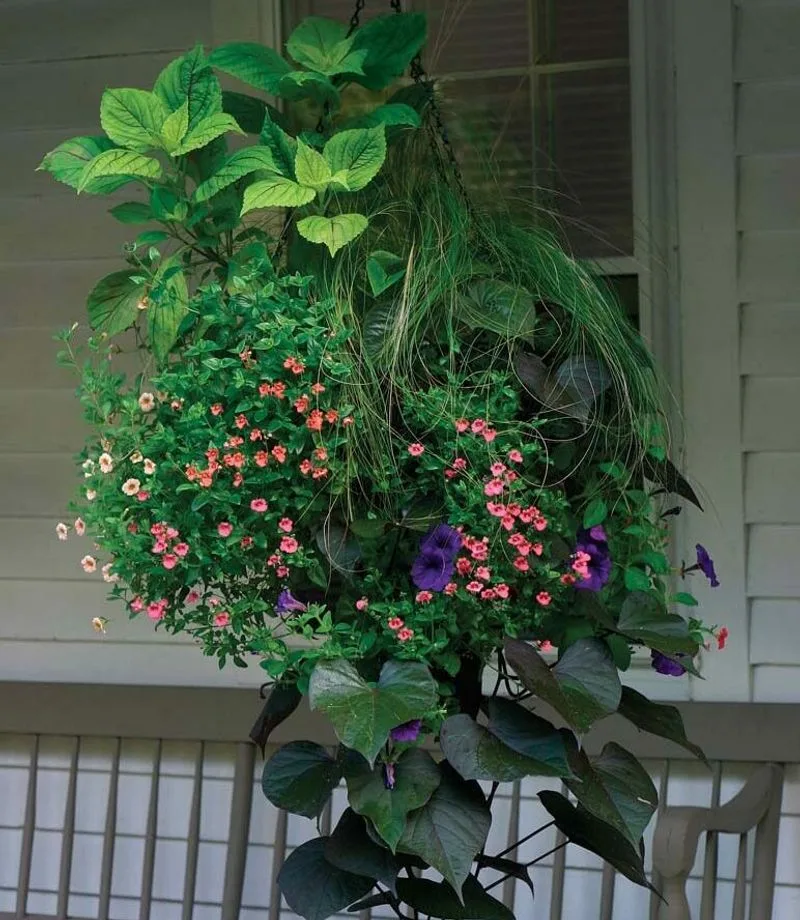
Each season brings unique challenges and requirements for plant care. Neglecting to adjust care routines can hinder growth. Consider it like dressing inappropriately for the weather.
Alter watering, feeding, and positioning based on seasonal changes. Provide additional light in winter or shade in summer.
Seasonal adjustments ensure that your plants thrive year-round, adapting seamlessly to nature’s rhythm.
Not Monitoring Wind Exposure
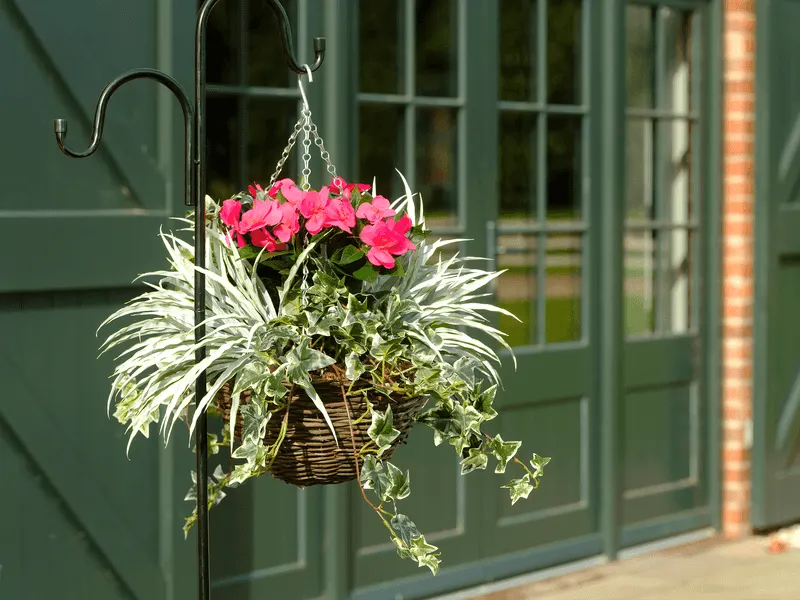
Ever watched your hanging basket dance wildly in the wind? Excessive wind exposure can stress and damage plants, causing them to dry out faster. It’s essential to find a sheltered spot that still offers enough sunlight.
Consider using windbreaks or placing baskets near structures that offer some protection. Regularly check the soil moisture, as wind can quickly evaporate water.
Opt for sturdy plants that can withstand breezy conditions. By managing wind exposure, your flowers will flourish without distress. Did you know? Certain plants have evolved to reduce water loss even in windy environments.

